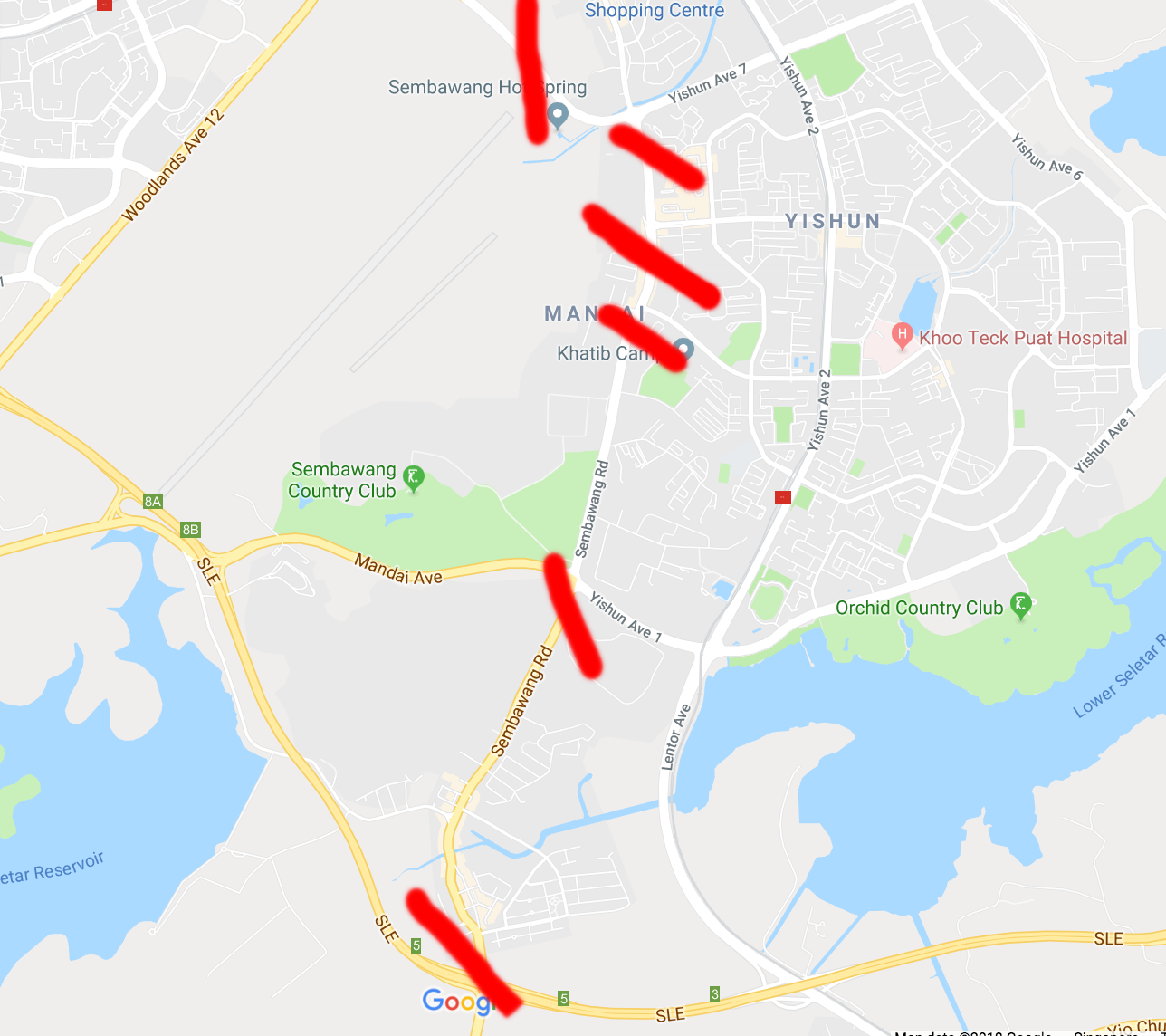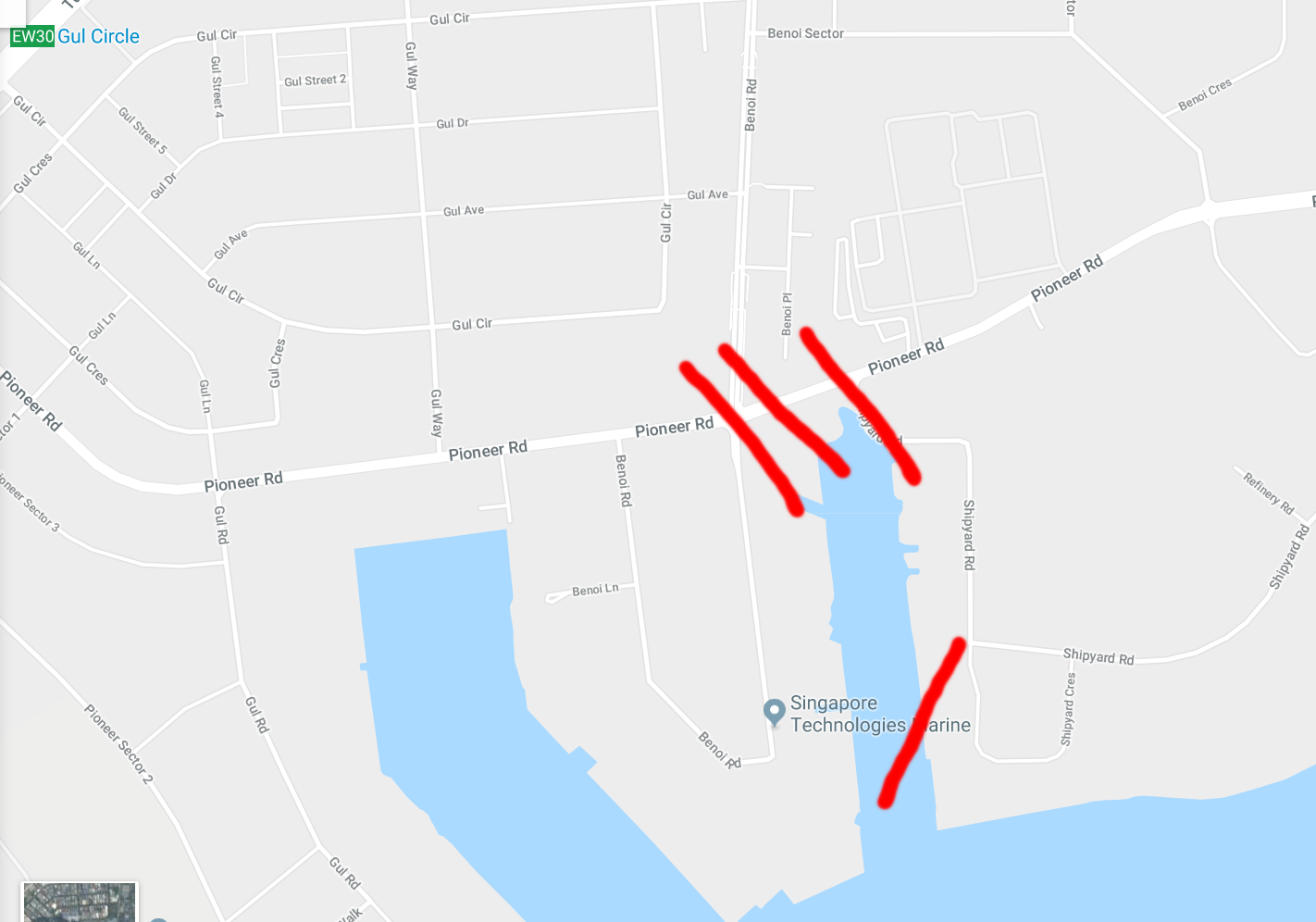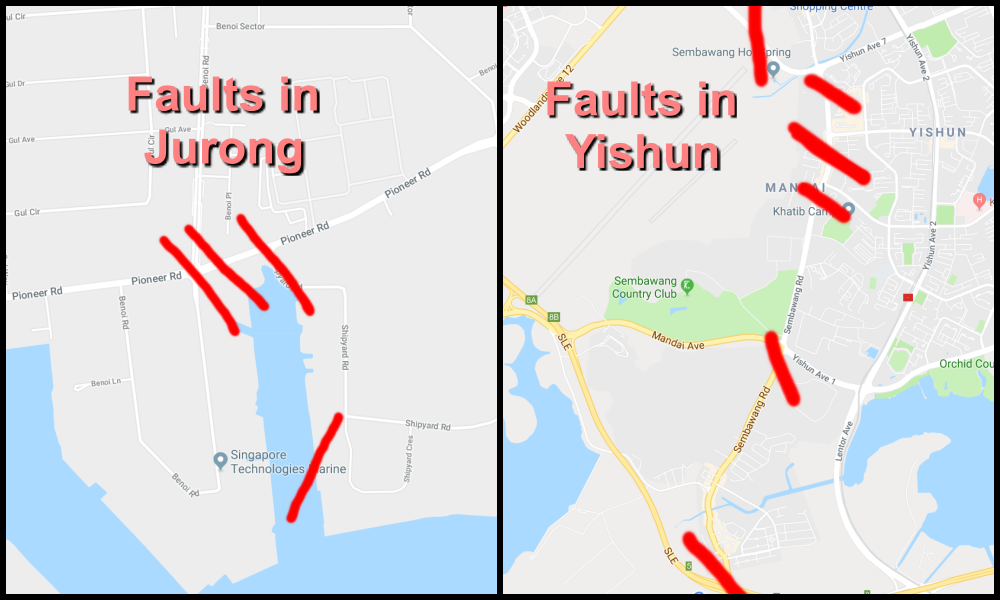Ancient fault lines that are 200 million years old have recently been discovered in Jurong around Pioneer road, and along Sembawang road in Yishun.
Given that Singapore has a sort of non-existent relationship with earthquakes, no one really gives any thought about such fault lines or their existence.
There's plenty of information that should convince you that the earth won't be moving under your feet anytime soon.
At least until a big one hits a neighbouring country, that is.
What, Singapore has fault lines?
Yup, she does.
They are believed to have formed over 200 million years ago.
However, unlike what we know about those big fault lines caused by tectonic plates, our fault lines are not so dramatic.
Part of this is because Singapore has since formed on a stable part of the continental crust of the Eurasian plate (Layman translation: We're on nice safe land, not near danger.)
Other fault lines in Singapore had been found in a few other places years back:
- Tanjong Gedong
- Murai
- Pasir Laba
- Nanyang
- Seletar
- Pepys Road
- Henderson
- Nee Soon
- Ama Keng
What's with the new ones?
The new ones, discovered by SP Group, were discovered in Jurong around Pioneer road, and along Sembawang road in Yishun.
There are about 10 "new" fault lines, which were discovered progressively between 2014 and 2016.
It may possibly help us connect the dots and understand our geography a little better.
While we might not exactly have an answer why the faults congregated there, it's still fascinating to look at their locations and positions.
For example, one of the faults is seemingly near the Sembawang Hot Spring. Maybe this could be a clue to why the spring formed?
 Fig 1. The Faults in Our Yishun. Fault locations are estimated. Image adapted via Google Maps.
Fig 1. The Faults in Our Yishun. Fault locations are estimated. Image adapted via Google Maps.
 Fig 1. The Faults in Our Jurong. Fault loactions are estimated. Image adapted via Google Maps.
Fig 1. The Faults in Our Jurong. Fault loactions are estimated. Image adapted via Google Maps.
Oh no! Will we have earthquakes then?
Not really.
However, it is known that Singapore may be somewhat affected by a massive tremor or aftershock, as we did in 2004, 2007 and 2012.
As these fault lines are not so much due to active seismic lines or tectonic plate activity, disaster flick fans can chill.
We can't discount the fact that if a strong tremor happens, low damage can occur to structures, which includes windows breaking.
But even that is going to be rare because that's assuming that a 7.7 magnitude earthquake happens along the Sumatra fault.
This hypothetical situation would beat the last time any quake came close: A 7.6 quake in 1943 at the Sumatra fault.
Are they like huge rifts that I can see or visit?
Sadly, no. You can't see the rifts.
Yishun and Jurong looks fine and dandy on the surface, as the faults are approximately 50 to 75 metres underground.
After all, these fault lines were discovered by SP Group deep underground -- via their major tunnelling project to install high voltage cables -- a project that started in 2012.
[related_story]
Then why should we care about the fault lines?
These fault lines not only caution workers where to safely install the cables, underground caverns and other facilities, but also allow them to discover cool things.
For example, metatuff rocks, which are essentially compressed from volcanic sediment and ash. It's 200 to 250 million years old.
Maybe to the untrained eye, it's just like any rock, but to researchers and geographers, this could be a historical record in the ground, telling us about how Singapore may have been formed -- since the ash settled there from volcanic eruptions in the region a long time ago. Active volcanoes are present in Indonesia and the Philippines.
Along with the faults, it's a peek into our geographical story, spanning eons.
Are we safe, though?
For the most part, yes.
Our buildings are built to withstand tremors, thanks to the Building and Construction Authority's set of building codes and guidelines that were established in 2013.
Given that these faults are pretty much ancient and unable to generate earthquakes in the way major faults do, the biggest risk that they pose are essentially structural ones to construction work that happens below, rather than causing an earthquake out of nowhere.
So, for now, don't worry about these faults.
They are valuable as lessons from the past.
Top image via Google Maps
If you like what you read, follow us on Facebook, Instagram, Twitter and Telegram to get the latest updates.
